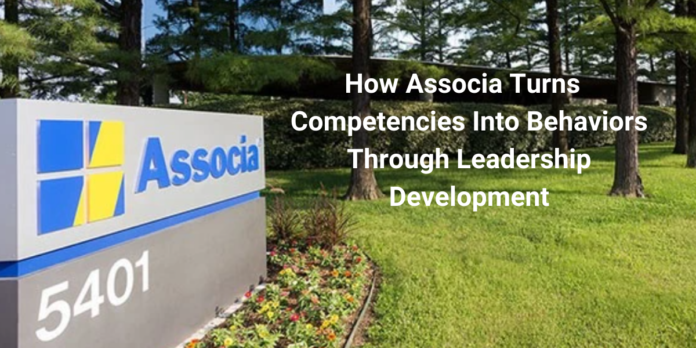
With 11,000 employees across 225 locations, Associa is the biggest community management company in the United States. Considering their size and geographic spread, it’s no easy task to build a leadership development strategy that reaches everyone, resonates, and has a positive impact on behavior.
Associa succeeds at achieving each of the above results, and then some. As an example, they’ve built such a strong pipeline of talent ready to move into leadership positions that they select 80% of their leaders internally.
 To learn more about their success and their approach to leadership development, I met with Greg Smith, Associa’s Director of Leadership Development.
To learn more about their success and their approach to leadership development, I met with Greg Smith, Associa’s Director of Leadership Development.
This interview has been edited for clarity and length.
Associa Builds Manager Training Around Core Competencies
Kevin Kruse: Most often in these interviews with leadership development professionals, people will share their competency model, and it's A, B, C, and D. Then, they share their frontline leadership program, and it covers X, Y, and Z. There’s no crossover. Your approach is clearly different. Can you share your competencies and how you train them?
Greg Smith: We call our model the Leadership Value Proposition (LVP) because it's closely aligned with our employee value proposition. Our employee value proposition consists of three components: 1) having a work family you can rely on, 2) having and benefiting from a thriving career, and 3) having a place to contribute within your local community. On the Leadership Value Proposition (LVP), our six leadership competencies are tied into those same three categories. Each of the core competencies is based on the specific behaviors below it. We built our competency model based on interviews with our leadership, our executives, and employees across the company.
Kruse: And how do these competencies fit into your training?
Smith: We leverage the Leadership Value Proposition for all types of leadership development we do. We believe that it’s our starting point for helping our leaders understand how to be successful at Associa. In our front-line leadership course, we explore every competency on the model in succession. In other programs, we discuss the competencies that are timely and relevant based upon the current needs of the leaders we’re developing. The Leadership Value Proposition is very important to our overall leadership development efforts.
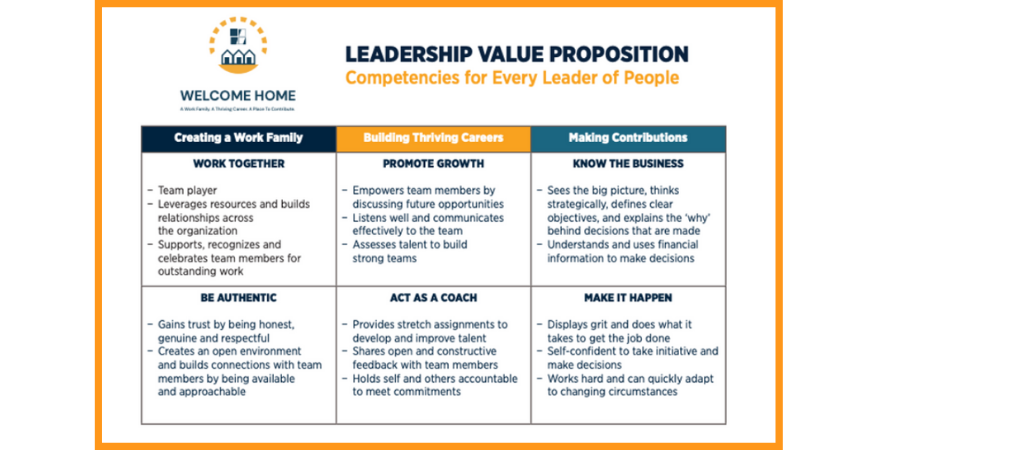 Kruse: It's mind-boggling to me how many frontline leader development programs don't train anything in the competency model. Usually, it’s because they use third-party programs like Situational Leadership and Crucial Conversations. I'm not saying third parties are bad, but they can pull focus away from the competency model. I’m curious to hear if you use any third-party programs, and if so, how?
Kruse: It's mind-boggling to me how many frontline leader development programs don't train anything in the competency model. Usually, it’s because they use third-party programs like Situational Leadership and Crucial Conversations. I'm not saying third parties are bad, but they can pull focus away from the competency model. I’m curious to hear if you use any third-party programs, and if so, how?
Smith: Third-party programs can be highly valuable. For us, we have a model that line by line matches our values as an organization, so we build around that.
We have something called the Associa Book. We wanted something that people could hold and read, a physical representation of the things that are important to us. We have our mission, our vision, our values, and more in this book. The Associa Book captures our values and culture.
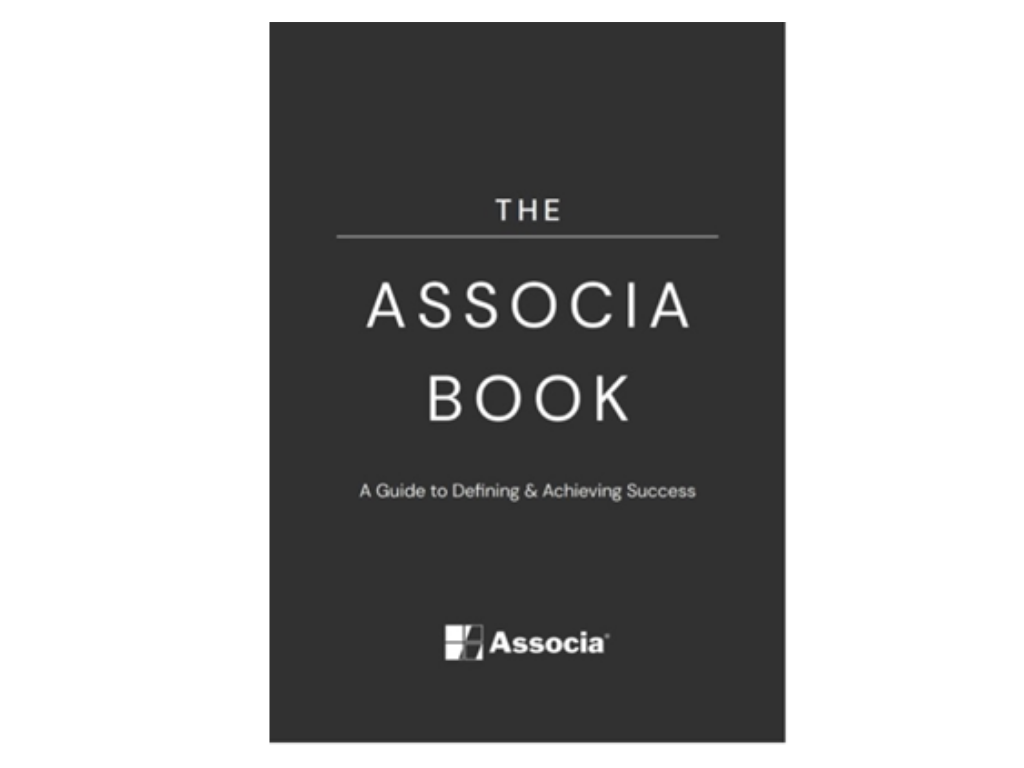 That’s not to say that Crucial Conversations or Situational Leadership don’t align with our values, but we know for a fact that this specific training reinforces our values such as “Service” and “Family.” To me, that's the difference. That's why I think it's important for us to use our own training as opposed to a third-party program. Not only because they're great behaviors but they’re behaviors that are specific to Associa leaders.
That’s not to say that Crucial Conversations or Situational Leadership don’t align with our values, but we know for a fact that this specific training reinforces our values such as “Service” and “Family.” To me, that's the difference. That's why I think it's important for us to use our own training as opposed to a third-party program. Not only because they're great behaviors but they’re behaviors that are specific to Associa leaders.
 Building Leaders Results In Strong Talent Pipeline with 80% of Placements Coming From Internal Candidates
Building Leaders Results In Strong Talent Pipeline with 80% of Placements Coming From Internal Candidates
Kruse: What kind of training program do you have for emerging leaders?
Smith: We have a program called “UP for Leaders.” It currently has two levels, and we're adding a third. The purpose of the UP Program is to create a reliable pipeline for promotions internally. It's been very successful. In fact, 80% of our leadership placements at Associa are from internal promotions.
Our goal with the UP Program is to get participants to think less about working in the business and work more on the business. That means understanding how the business works.
A lot of people that get into leadership have this challenge. But it can be a significant challenge in community management firms like ours. Leaders tend to be former Community Managers. They were the people going to board meetings, coordinating repairs, and helping the members in the community. We have to help those people adjust their points of view from Community Managers to people leaders. This can be a stretch for a lot of people. We need to instill in them how a business works, and the things that they’re going to be responsible for. For example, we tell them, “These are the metrics you’re measured on, these are the tools you need, etcetera.”
A lot of Community Managers are Doers. If one of their board members says, “Hey, we have a problem over here,” a Community Manager is the person who is going to go fix that problem. But that doesn't work if you’re promoted to a leadership role and managing a multimillion-dollar business. On behalf of the company, they've got to make sure that their efforts are focused where they have the biggest impact, and that’s not about jumping in and fixing individual community-based problems.
High Attendance for Optional Leadership Classes Is Driven by Clear WIIFM And Easy Sign-up
Kruse: What training program do you use for employees and frontline leaders?
Smith: Our frontline leadership development program is called Leadership Foundations. It's our fundamental program for the frontline management tier, and it’s actually open to anyone in the company regardless of role. In these classes, we have Division Presidents, Receptionists, and all other roles in between.
We run eight sessions over the course of eight weeks. Each training is one hour and includes a thirty-minute follow-up assignment. The first week is an introductory session where we have people take a self-assessment to see where they are at with these competencies, then I introduce the competency model, our Leadership Value Proposition. After the intro, we have six sessions focused on the competency model, each session devoted to one competency, covering each of the six competencies over the following six weeks. The first session we cover “Work Together.” The second session we cover “Be Authentic.” And we just work our way through the model week by week. We close with a session where they reflect and make a plan for the future.
Kruse: I see a lot of people struggle to fill classes and you mentioned you’re getting more than 300 participants in an opt-in class. Why do you think you’re getting such an impressive rate of sign-up?
Smith: I think there are several things that contribute to our high attendance.
First, there’s how we phrase the invitation. We put it in company communications, and I talk about the WIIFM (what's in it for me). The things they could stand to gain.
Second, we made the program optional. I think the engagement this year and this program is much higher than it has been in years past because it's fully optional. When you push people into a program, there's resistance.
Third, it’s not only optional but also open to anybody in the organization regardless of role. I think that demonstrates our commitment to equity and inclusion and piques people’s interest.
Fourth, it helps a ton that people see our 80% rate of selecting internal leaders over outside ones, and they know that this program is a real opportunity for their career and something we take seriously.
Lastly, we make it a very frictionless process to sign up. The invitation comes in a simple email, and instead of a 16-click process, it’s as simple as “Click here, go to this page, fill out this form that’s only three fields, and you're registered.”
 Smith's Advice for Leadership Development: Focus on Desired Outcomes
Smith's Advice for Leadership Development: Focus on Desired Outcomes
Kruse: What advice would you give to someone who is new to a leadership development role?
Smith: I'm a Wonderer. I’m constantly wondering, “What are the desired outcomes?” For somebody new to leadership development, I would encourage them to ask the same question. Say they're told to go do something to develop leaders, I would respond by asking, “What do you want to be different once I’m done? What’s happening that you don't want to happen, and what's not happening that you do want to happen?” These kinds of simple questions can help you learn as much as possible about the desired outcomes, the objectives, and the business targets of the company.
Secondly, I love a great model. With a great model, I know exactly where to start and where to go with my leadership development. Ask the CEO and senior leadership questions like, “Is there a metric you want to see affected? Are we having an issue with employee turnover, and if that's the case, why? Let's identify the behaviors that you want to be different at the end of the program.” These kinds of questions will help you build a model or system that you can return to as you make decisions around leadership development.
Then, a year from now, you can show senior leadership and the CEO how behaviors and other metrics have changed as a result of the leadership development that you’ve done.
Find, Show, and Prove the Value of Leadership Development
As Smith said, one of the main reasons his training is so successful is because he constantly asks “why?” Why should anyone care to attend this program? Why should I build this program in this way? The result is Associa’s incredibly clear programs that tie directly to the organization’s core competencies. The other result is a massive internal promotion rate, which likely saves Associa a considerable amount of money and time on recruiting and onboarding.


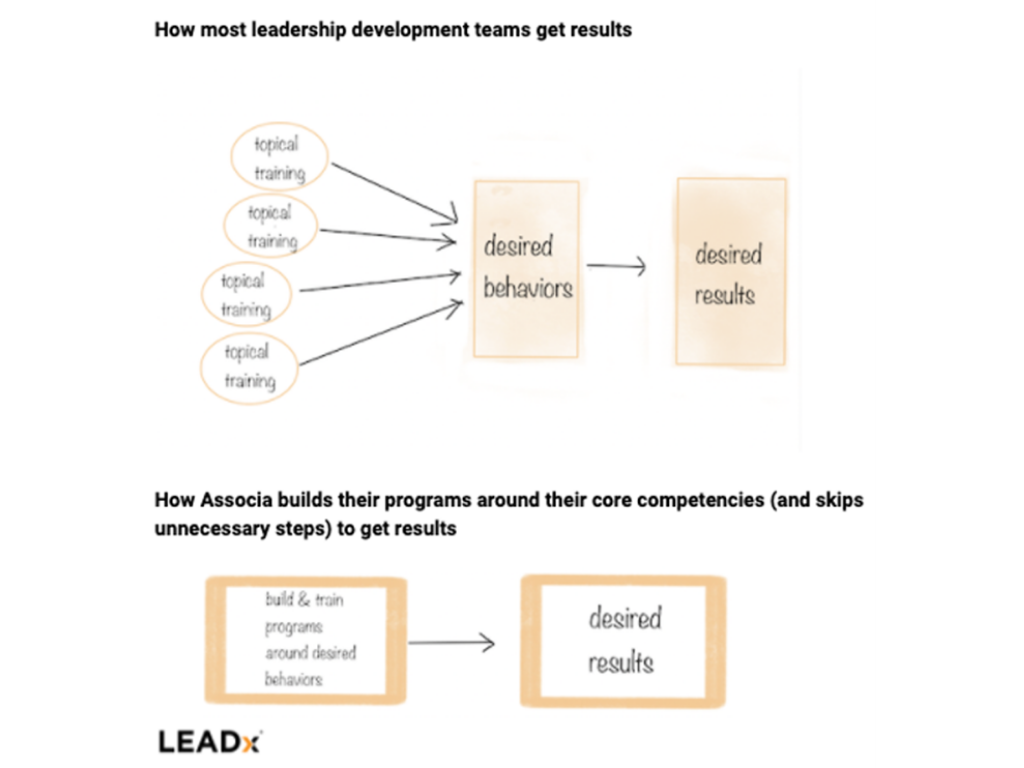 Building Leaders Results In Strong Talent Pipeline with 80% of Placements Coming From Internal Candidates
Building Leaders Results In Strong Talent Pipeline with 80% of Placements Coming From Internal Candidates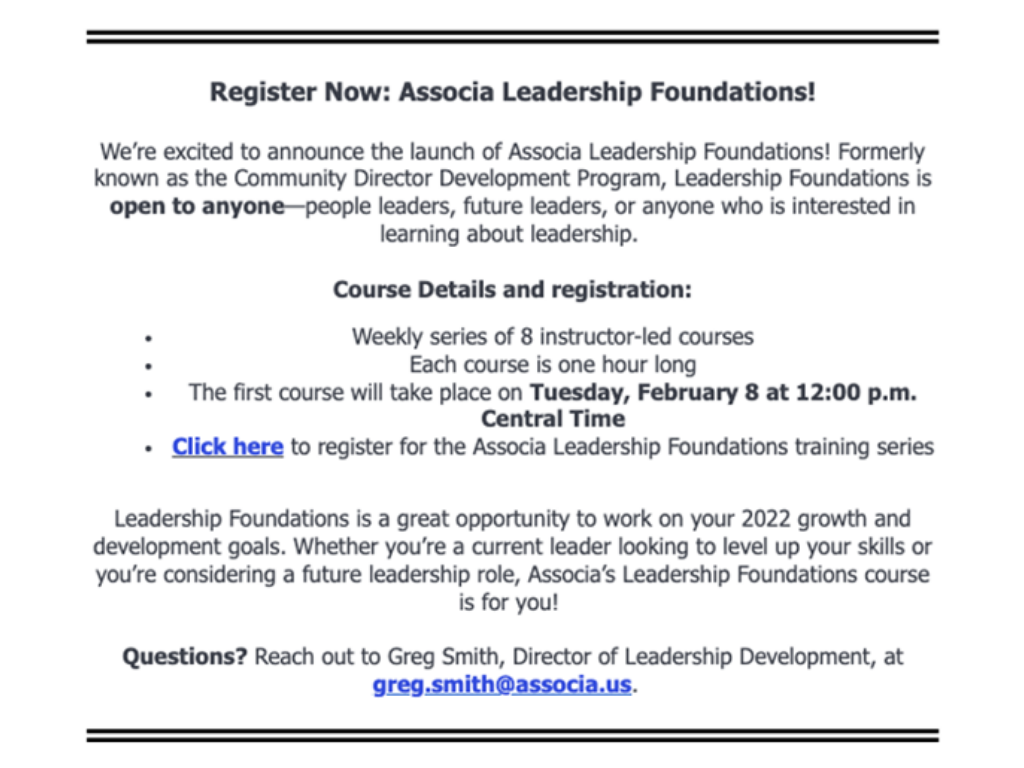 Smith's Advice for Leadership Development: Focus on Desired Outcomes
Smith's Advice for Leadership Development: Focus on Desired Outcomes



